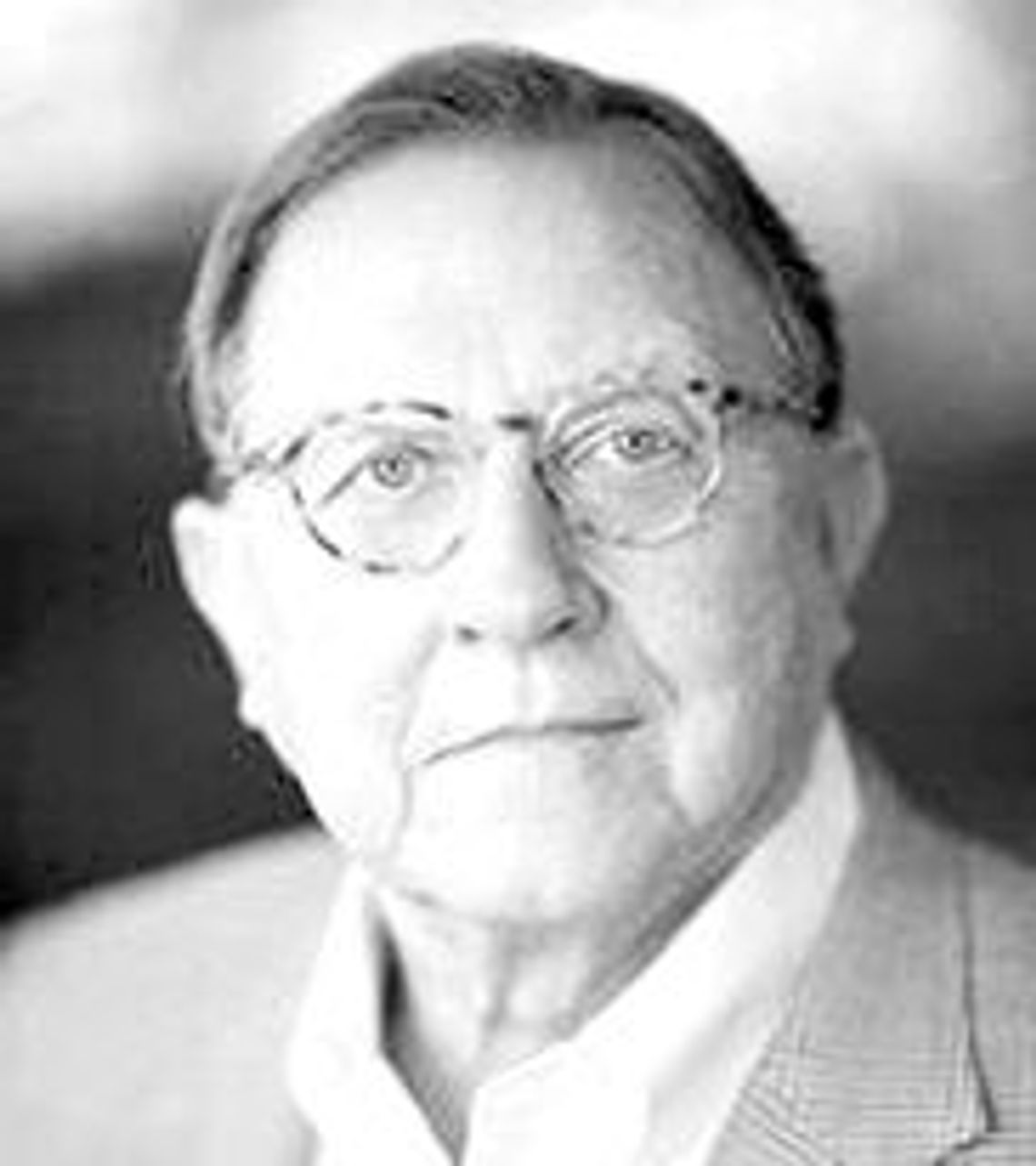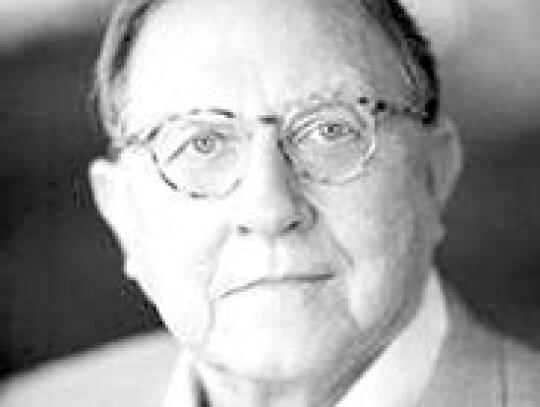Described as a Georgia groundbreaker and visionary, Dr. Glenn W. Burton had a profound impact on the state, the nation and the world. His scientific research produced hybrid forage grasses for the southern cattle industry. Still later, strains expanded the commercial and recreational turf industries worldwide. Of greater import was his improved strain of pearl millet, an advance that became part of twentieth century’s “Green Revolution.”
The future plant scientist grew up as an only child on a horse-drawn implements farm near Bartley, Nebraska. He received a bachelor’s degree from the University of Nebraska in 1932. He then earned a masters degree (1932) and a Ph.D (1936) from Rutgers University.
By then married to his wife of 60 years, he accepted a position as a research specialist with the U.S. Department of Agriculture, at the Coastal Plains Experiment Station, Tifton. There his career in plant science, plant breeding and genetics, continued for the next 70 years.
In the beginning, he addressed a persistent problem in the deep South: lack of quality grass crops suitable for hay and grazing. He began experimenting with common bermudagrass, a plant that plagued cultivated fields as a weed. This would become a central theme throughout his career.
By 1943, he was ready with the first hybrid, Coastal bermudagrass, bred from Tift common bermuda and a grass introduced from Asia. Dr. Burton’s Coastal, and its improved strains that followed, began growing on an estimated 15 million acres. His Tift 85, introduced in 1992, is considered one of the top forage grasses in the world. Said Wayne Hanna, professor of crop and soil science, “With Coastal bermudagrass, Burton began revolutionizing the cattle industry in the southeast.”
His expertise spread rapidly. The United States Golf Association hired him at the princely sum of $500 a year to research new grasses for golf greens, tees and fairways. Burton, who never played a game of golf, inspected golf courses, talked with golf superintendents and golf players, until he fully understood what the game required. Today, his turf grasses are found on golf courses and athletic venues the world over. For instance, they adorn the playing surface at UGA’s Sanford Stadium as well as this year’s World Cup.
Dr. Burton’s most important achievement, he believed, involved the grain crop, pearl millet, a food source in India, Pakistan, Asia and Africa. In 1956, he collaborated with the Rockefeller Foundation in its efforts to increase yields of food crops. His experiments included cross breeding varieties of millet grown in the United States with those in India. Tests indicated Burton’s millet could grow and produce in climates considered too arid for grain production.
When he provided a packet of seeds for farmers in India, the results were astonishing. Pearl millet production rose from 3.5 million metric tons in 1965 to 8 million tons in 1970. From Burton’s millet, Indian scientists produced additional hybrids that yielded 85 percent more than native plants. In India alone, the new pearl millet is credited with preventing wide-spread hunger.
Glenn Burton’s greatness was fully recognized. His research was published in 750 scientific and agricultural publications. He consulted fellow agronomists in 55 countries, including China and the Soviet Union. He was in great demand as an immensely attractive, articulate and learned public speaker. Following his retirement in 1997, he continued a research program with funding from personal savings.
His awards and honors are too numerous to name. Three of the most important: Election to the National Academy of Science, 1975; President’s Award for Distinguished Federal Civilian Service, 1980; National Medal of Science 1982. He was inducted into the Agriculture Research Service Science Hall of fame in 1987. Before that he served as President of the American Society of Agronomy in 1962.
Burton, the scientist, was also a churchman of the first rank. He was an active member of the First United Methodist Church of Tifton, where he taught Sunday School, sang in the choir, served on the Board of Stewards, and was an active lay reader. In 1951, Glenn Burton, his wife, Helen and their five children, were named the U.S. Methodist Family of the Year.
Dr. Burton’s never-ending quest for “something better, something stronger, something that would help more people” ended on November 22, 2005. He expired at his modest residence in Tifton, one he had heated from the 1940s with solar energy, age 95.
• Retired attorney Jim Thomas lives in Atlanta. He is a former Pierce County resident and can be contacted at [email protected].










